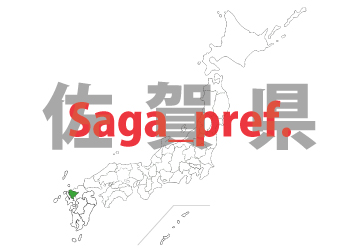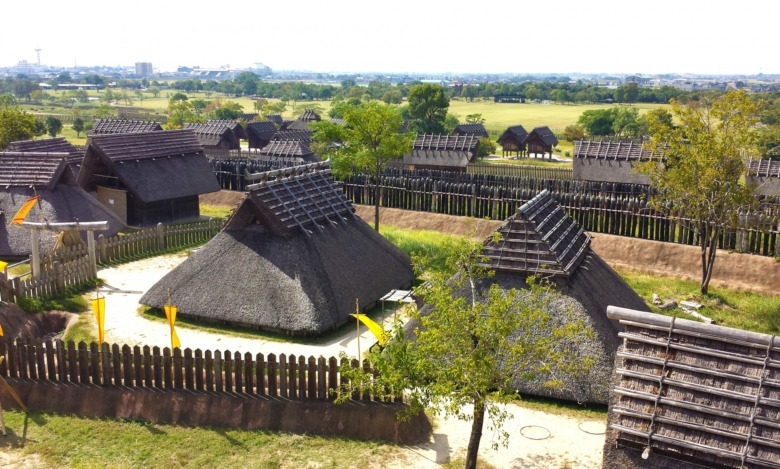
Saga Prefecture — A Land of Tranquil Scenery and Cultural Heritage
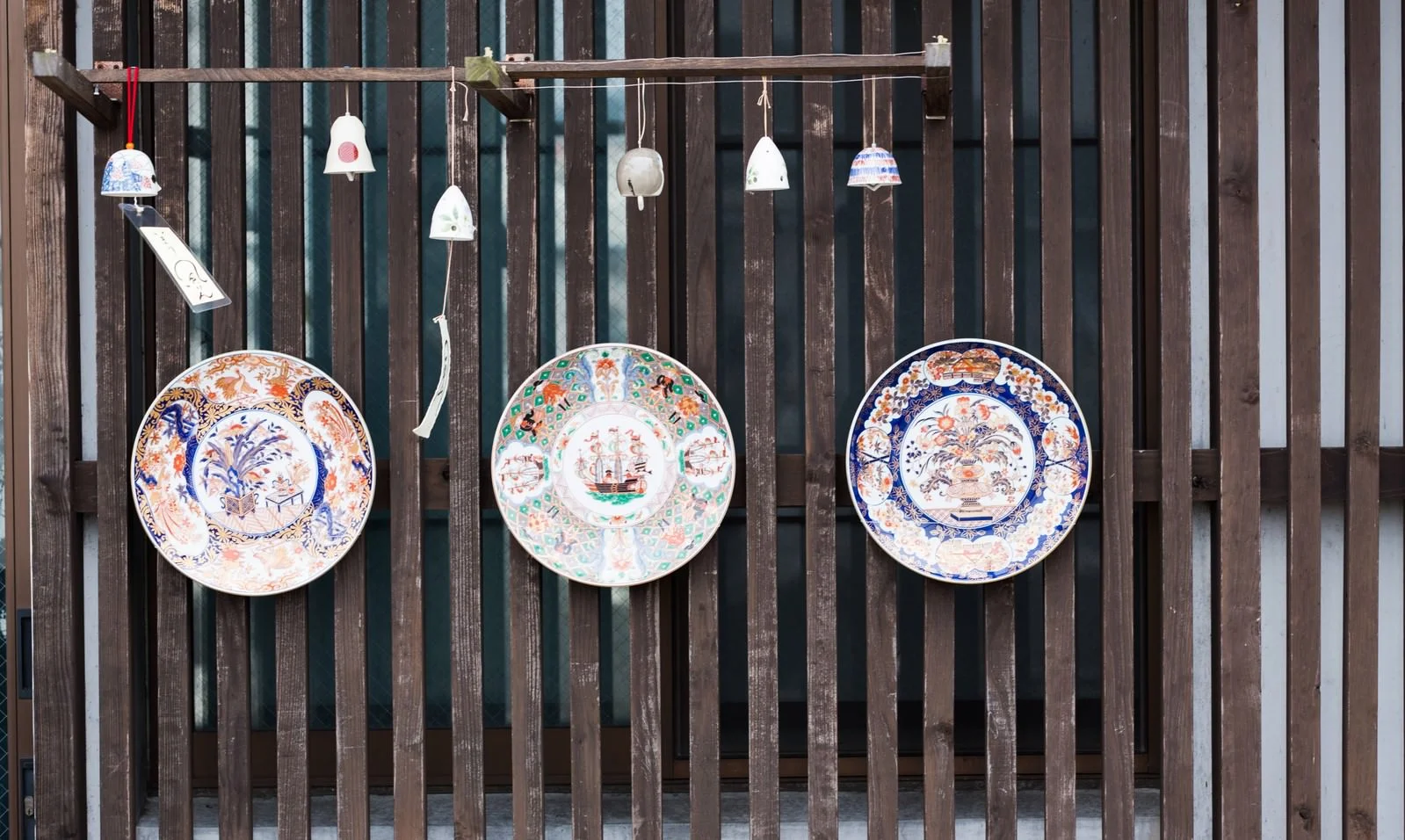
Imari-yaki (Imari ware)
Saga Prefecture sits in northwestern Kyuushuu (Kyushu), characterized by peaceful countryside views and historical cultural assets. The prefectural capital, Saga City, features attractions like Saga Castle ruins and the historically significant Nagoya Castle ruins. The region is world-famous for its Arita and Imari pottery traditions that date back centuries.
*Saga’s Nagoya Castle (Nagoya-jyou) is a historic ruin in Kyushu built by TOYOTOMI Hideyoshi in 1591 as a base for his Korean invasion. In contrast, Aichi’s Nagoya Castle is a massive landmark in central Japan built by TOKUGAWA Ieyasu in 1612, featuring a famous golden shachihoko ornament and serving as a symbol of Nagoya City.
Thinking back to life in B.C.
A notable cultural heritage site is the Yoshinogari Archaeological Site, one of Japan’s most important Yayoi period ruins. Located in Yoshinogari Town in Kanzaki District, this nationally designated Special Historic Site was discovered in 1986, with remarkably well-preserved structures of a large moated settlement from approximately 2,000 years ago. The Yoshinogari Historical Park, spanning about 54 hectares, features faithful reconstructions of raised-floor dwellings, watchtowers, and moats, offering visitors an immersive experience of Yayoi period life. Situated in the fertile Chikushi Plain, this site holds tremendous value in Japanese ancient history research as it demonstrates the prosperity of agricultural culture and the development of chiefdom societies.
Saga Prefecture is known for its ceramics
There are also musical pieces inspired by Saga’s ceramic culture, such as “Imari Karatsu” and “Arita no Sato,” celebrating the craftsmanship of the region’s potters. The prefecture’s specialties include Saga beef, known for its fine marbling and tenderness, and Yobuko squid, famous for its freshness and sweetness. The annual Karatsu Kunchi Festival features enormous decorated floats, demonstrating the vibrant community spirit and cultural pride of Saga.
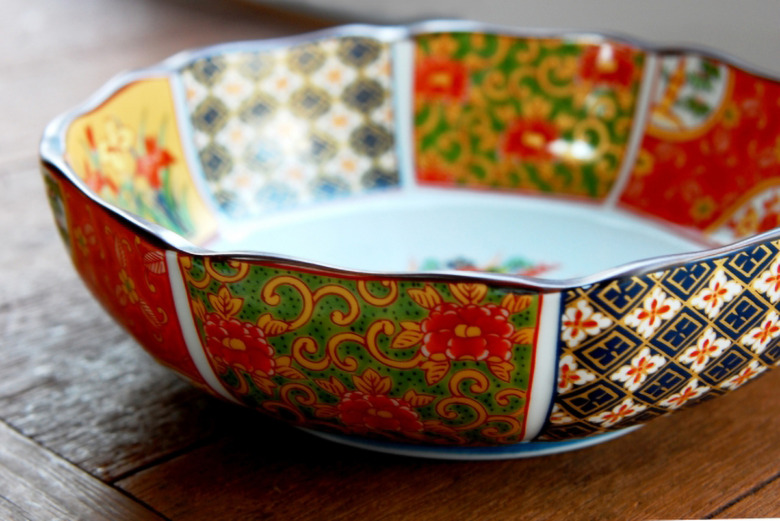
Arita ware
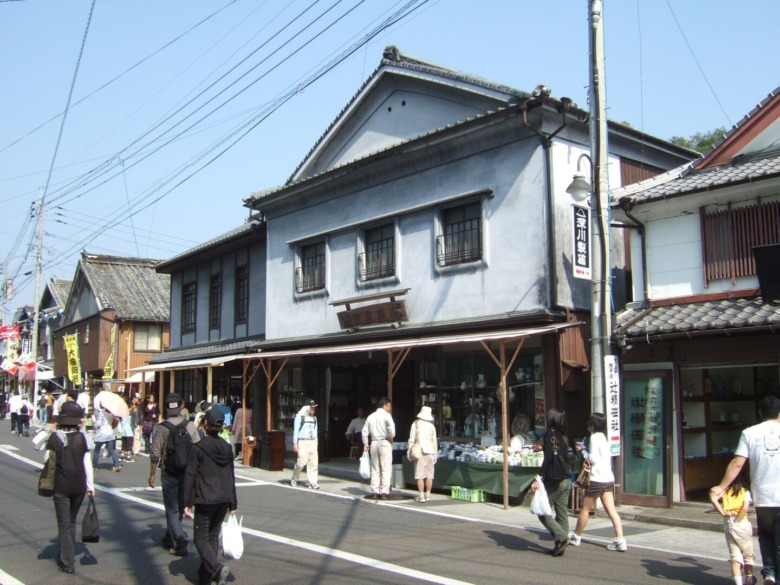
By user:Atsasebo – Own work, CC BY-SA 3.0, Link
Unique gourmet food comes from nature’s bounty
While Saga may not be as well-known nationally for children’s songs, the prefecture preserves numerous traditional folk songs and festival music. The region’s agricultural communities have maintained simple yet heartfelt children’s play songs (warabe-uta) that reflect rural life and traditions.

Yobuko Squid Drying By gtknj – https://www.flickr.com/photos/ogachin/3844713423/, CC BY 2.0, Link
Among the specialties influenced by Saga Prefecture’s natural environment, the “Mutsugorou” (mudskipper) living in the Ariake Sea tidal flats is particularly noteworthy. This unusual fish has perfectly adapted to the vast tidal flat environment unique to the Ariake Sea. During low tide, it hides in burrows dug in the mud and is characterized by its distinctive fins that allow it to crawl across the tidal flats.
Additionally, “Sagahonoka” is a premium strawberry brand from Saga Prefecture, cultivated in the warm climate and fertile soil, popular for its vivid red color and perfect balance of sweetness and tartness. Furthermore, Ureshino Onsen‘s “hot spring tofu” is made with the hot spring water containing Ureshino’s uniquely smooth calcium, resulting in an amazingly soft texture and smooth mouthfeel. These specialties truly represent the “gifts of the local environment,” combining Saga’s diverse natural surroundings with generations of local wisdom.
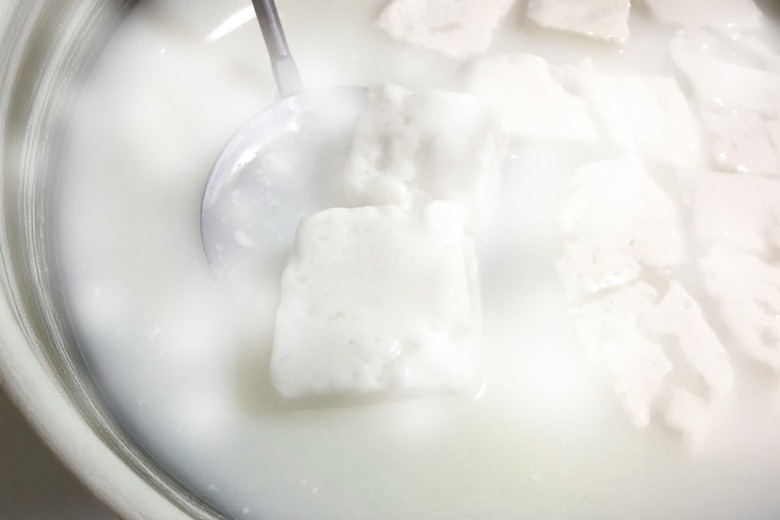
Ureshino onsen yudoufu
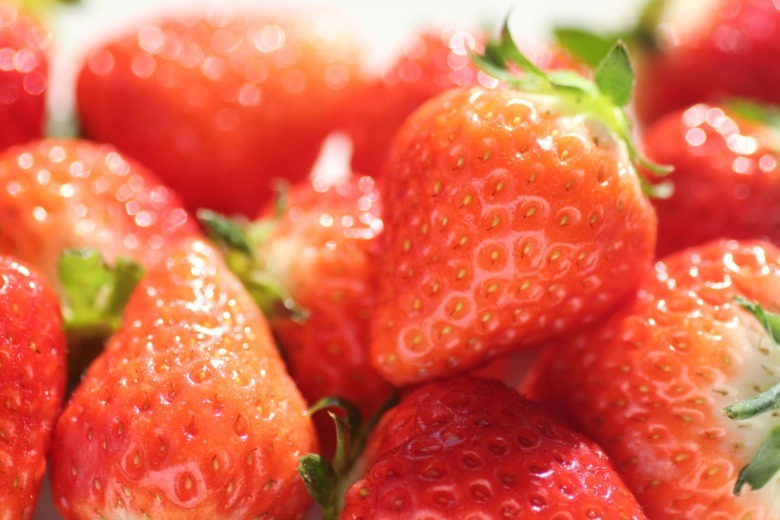
Saga honoka strawberry
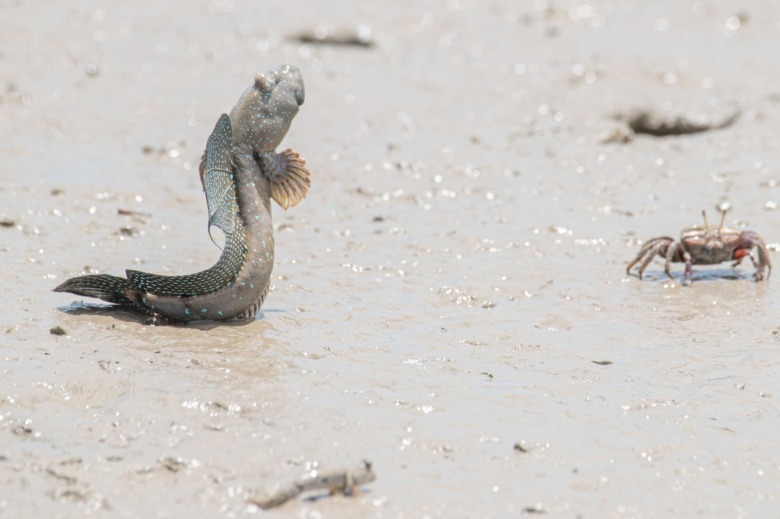
ariake-kai higata mutsugorou

